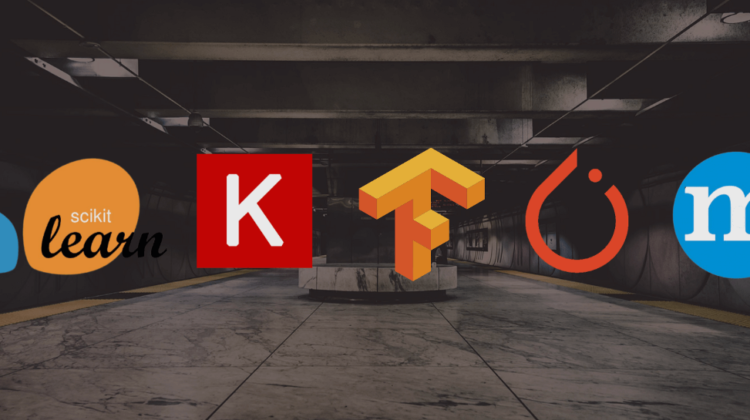
Glossary:
The Shell is an interpreter that presents the command-line interface to users and allows them to interact with the kernel. It lets them control the system using commands entered from a keyboard. It also translates the commands from the programming language into the machine language for the kernel.
[Return]
The Interpreter is a program that reads through instructions that are written in human readable programming languages and executes the instructions from top to bottom. It translates each instruction to a machine language the hardware can understand, executes it, and proceeds to the next instruction.
[Return]
The Command-Line Interface (CLI) is a program that accepts text input from the user to run commands on the operating system. It lets them configure the system, install software, and access features that aren’t available in the graphical user interface. It also gets referred to as the terminal or console.
[Return]
The Kernel is the program at the heart of the operating system that controls everything in the computer. It facilitates the memory management, process management, disk management, and task management. It also facilitates communication between the programs and hardware in machine language.
[Return]
The Variable is the container that’s used to store different types of values. It can assign or update a value by placing an equals sign between the specified variable name and value without a space around it. It can also reference the stored value by placing a dollar sign in front of the existing variable name.
[Return]
The Environment Variable is a variable that’s automatically created and maintained by the computer. It helps the system know where to install files, find programs, and check for user and system settings. It can also be used by graphical and command-line programs from anywhere on the computer.
[Return]
The Site-Packages is a directory that’s located in the system-wide Python installation directory. It represents the default location that package managers use to install Python packages. It also represents the directory that Python uses to import Python packages that are already installed.
[Return]
The Dependency is an additional binary package that a particular binary package needs to work properly. It can require multiple dependencies to build almost any program that’s distributed by package managers. It also gets downloaded and installed automatically by some package managers.
[Return]
The PATH is an environment variable that contains the list of directories the computer uses to find executable files. It looks for the requested executable file in each directory on the list from top to bottom. It also stops searching once it finds a matching executable file and runs the program or command.
[Return]
The Binary Package is an archive file that contains the files and directories needed to make its containing program work properly. It gets stored in the repository that contains all the programs for a specific Linux distribution. It also requires the Linux package manager to access, extract, and install it.
[Return]
The Data Flow Graph is used in TensorFlow to describe computations in the language of graph theory. It defines the sequence of computations that are performed using a directed graph of nodes and edges. It also uses the nodes to represent mathematical operations and the edges to connect the nodes which allows data to flow from one node to another in a directed manner.
[Return]
The Node is used in TensorFlow to represent a mathematical operation in the data flow graph. It references the computation of the operation but it only produces an actual value when the graph is executed. It can also take input from any number of previous nodes, perform the computation, and generate a single output that can be passed as the input to another node.
[Return]
The Edge is used in TensorFlow to represent one of the lines that connects the different nodes in the data flow graph. It references the data in tensors that flows through the different operations in the graph. It also carries the information from one node to another where the output of one operation becomes the input to another and the edge between them carries the value.
[Return]
The Tensor is a data structure that’s used in machine learning to represent the inputs, outputs, and transformations for all data types within neural networking. It generalizes concepts from mathematics and programming like scalars, vectors, matrices and numbers, arrays, and two-dimensional arrays into multidimensional arrays that range from zero to n-dimensions.
[Return]
